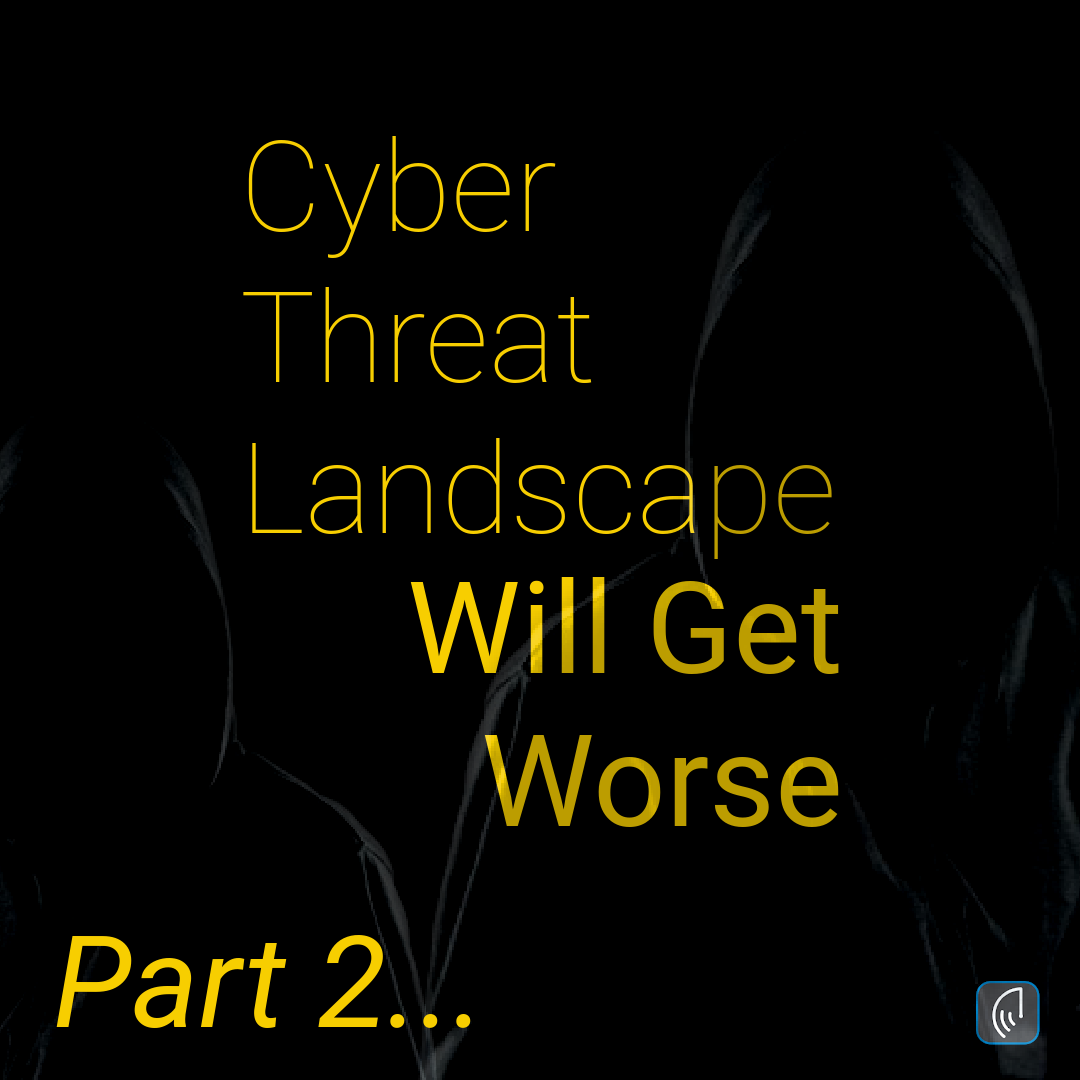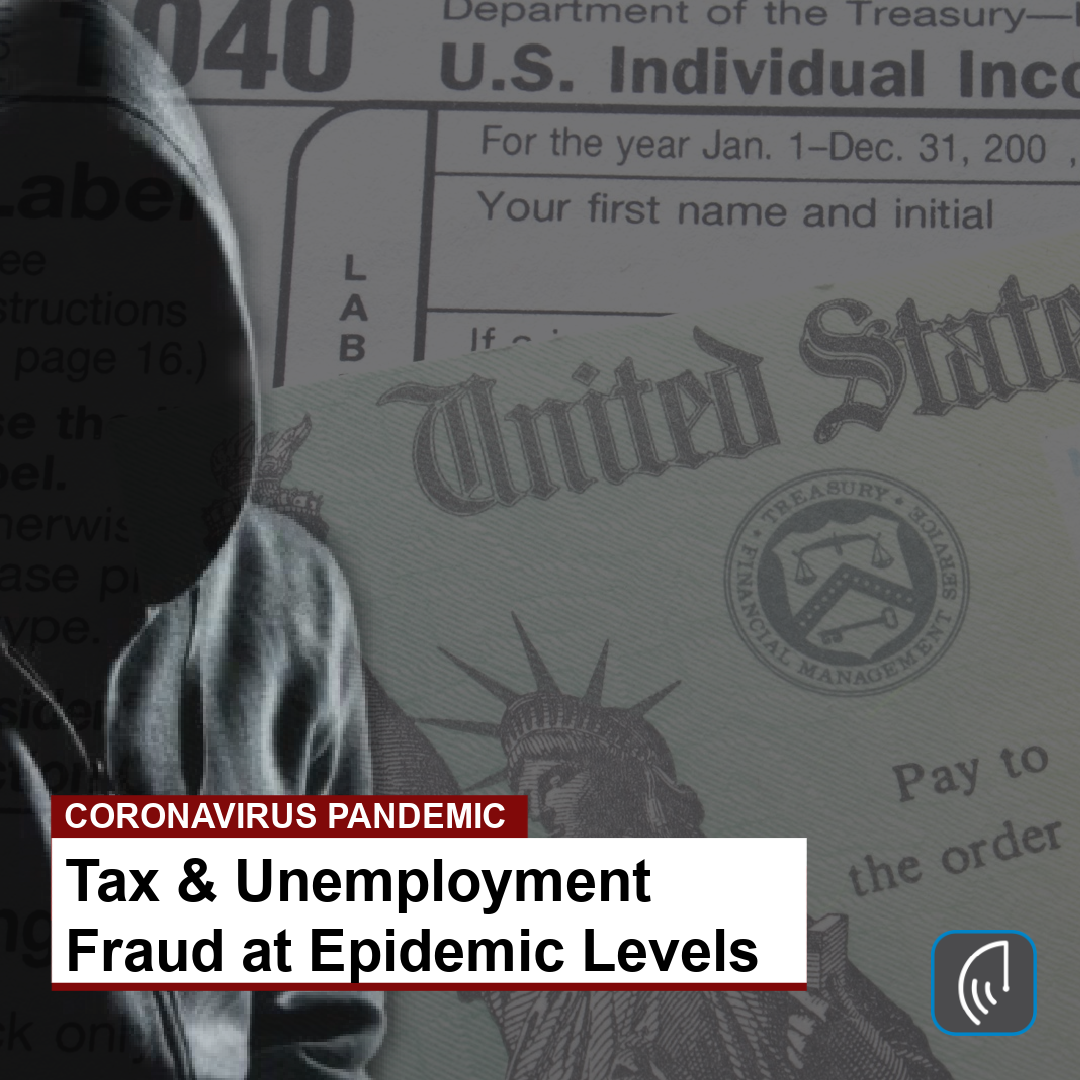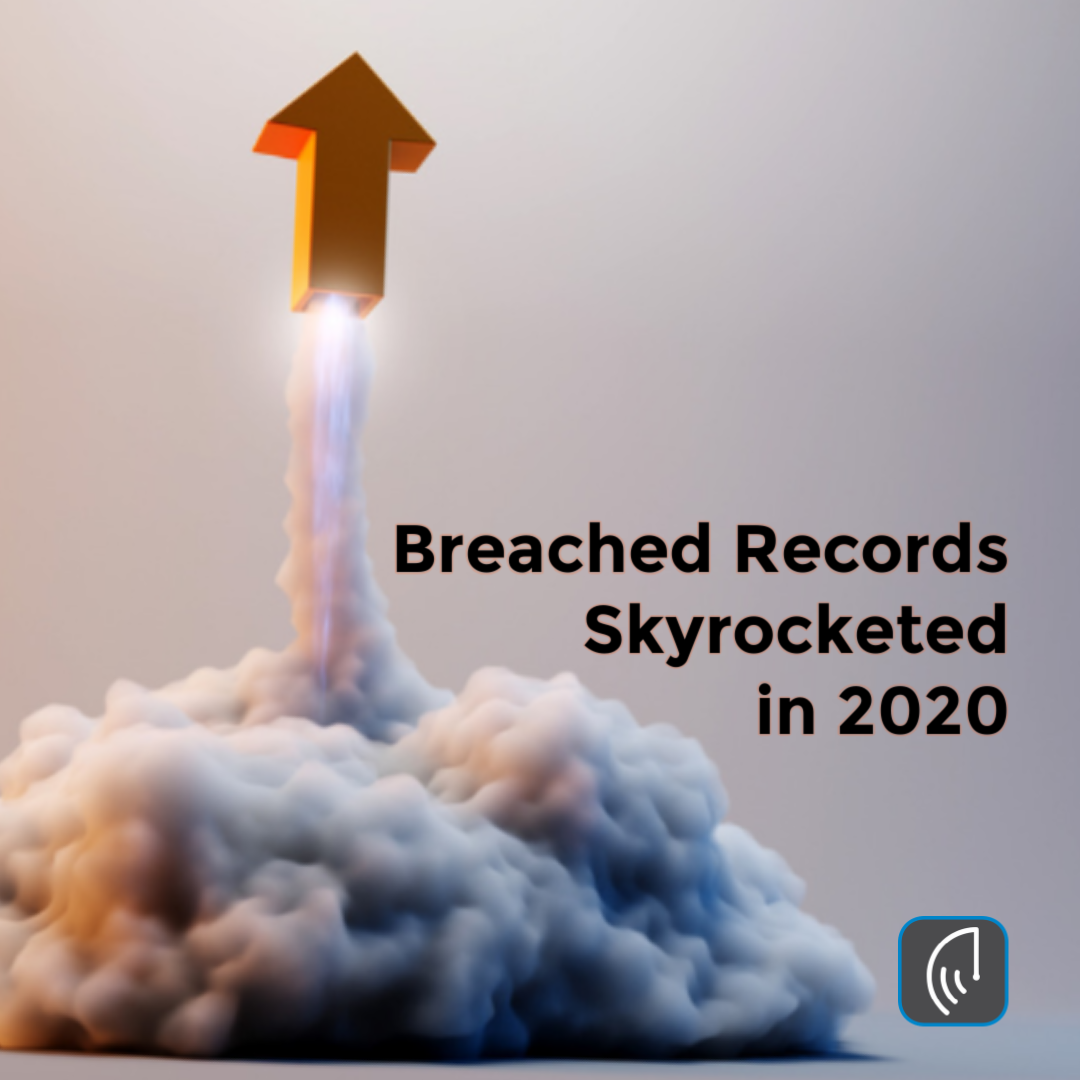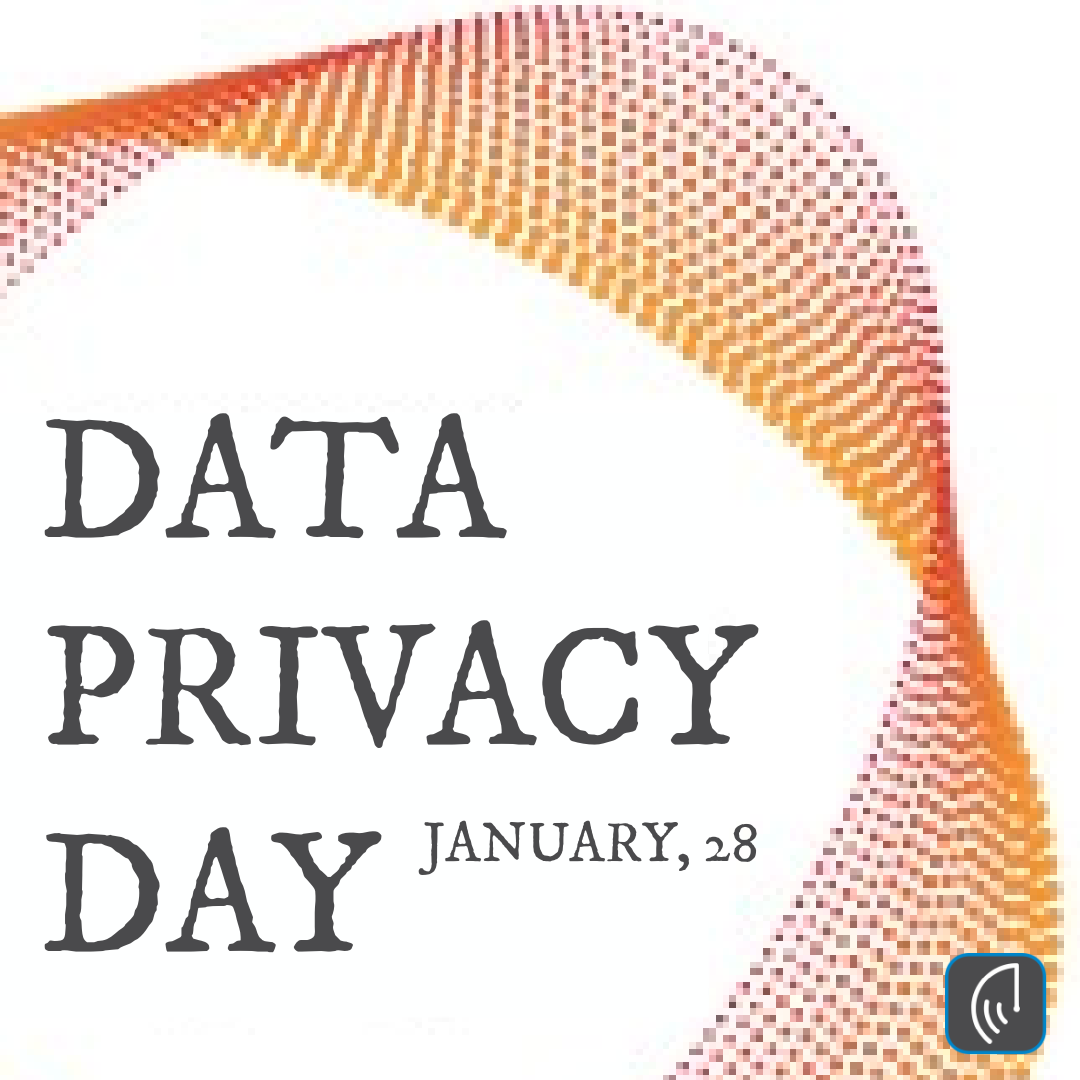
by Brian Thompson | Apr 1, 2021 | Uncategorized
Last November I wrote an article titled The Cyber Threat Landscape Will Get Worse Before It Gets Better.
I wrote that article based on how information security and governance experts were alarmed at a “broken cyber market” and how cybersecurity professionals believed they were “outnumbered by cybercriminals” as attacks surged during the Covid-19 pandemic.
Well, just four months later I am writing the second part of my November article titled The Cyber Threat Landscape Will Get Worse Before It Gets Better: Part 2.
I am writing this month’s article based on the following news headlines from just the last two weeks:
Just when you think the cyber threat landscape cannot get any worse – CNA, the seventh-largest commercial insurance company in the world – and one of the leading cyber liability insurance underwriters, experienced a ransomware attack that forced the company to disconnect its systems, shut down its website, and adversely affected its corporate email.
How does this happen to one of the largest insurance companies in the world with more financial and information technology resources than most companies?
Unfortunately, this cyber-attack may have allowed cybercriminals to gain access to the cyber insurance policyholder’s confidential and detailed information.
This type of information could help a cybercriminal be more successful in determining a ransomware price that reflects the cyber coverage. This type of information could also help cybercriminals with targeted phishing emails.
As most of my readers know, targeted phishing threats are an elevated form of phishing virus attacks that use social engineering to get a specific person – in this case a CNA policyholder – to reveal sensitive and confidential information.
But it gets worse, as Javelin Strategy & Research released its annual identity fraud study and reported that “while total combined fraud losses climbed to $56 billion in 2020, identity fraud scams accounted for $43 billion of that cost” compared to the average annual fraud loss of $13 billion to $16 billion.
And it gets worse again with the unemployment benefits fraud debacle costing nearly $300 Billion because states were unprepared for the wave of applications resulting from the Covid-19 pandemic.
Lastly, and yes, it continues to get worse, as the FBI released its annual report on cybercrime affecting victims in the U.S., reporting on a record number of complaints and financial losses totaling over $4.2 billion to cybercrime in 2020.
To conclude and this is a hunch, I believe The Cyber Threat Landscape Will Get Worse before it gets better.
By Mark Pribish
Vice President and ID Theft Practice Leader

by Brian Thompson | Mar 4, 2021 | Breach, Identity Theft
The Criminal Investigation Division of the Internal Revenue Service (IRS) announced in its annual report that they “uncovered $2.3 billion in tax fraud during the 2020 fiscal year”. (IRS Releases Annual Report Identifying $2.3 Billion in Tax Fraud). These numbers put Tax and Unemployment fraud at epidemic levels!
The IRS said that its focus included Covid-19-related fraud, cybercrime, and other identity theft-related tax crimes.
Further explaining that their investigation into the Dark Web includes “terrorist financing cyber-enabled campaigns” where U.S. authorities seized millions of dollars. The IRS was able to take over 300 cryptocurrency accounts, four websites, and four Facebook pages all related to the criminal activity.
Then in January of this year, the Federal Trade Commission (FTC) released its annual identity theft and fraud report known as the “FTC Consumer Sentinel Network Data Book” (2020 FTC Consumer Sentinel Network Data Book).
The 2021 FTC report states that identity theft was once again the number one consumer complaint in the United States, with nearly twice as many identity theft victims in 2020 as there were in 2019.
The big story from this year’s FTC report is a 2,000 percent increase in government document or benefits fraud, such as unemployment insurance fraud. The Covid-19 pandemic created a windfall for individual scam artists and international cybercrime rings.
And just when we thought the news of identity theft and fraud could not be any worse, a February report was published on how “billions of dollars of unemployment aid ended up in the wrong hands. A result of fraudsters that exploited and overwhelmed state agencies” (How Fraudsters and Cyber Criminals Stole Billions of Dollars in Unemployment Aid).
While the Labor Department Inspector General is in the process of completing an investigation, estimates of at least $63 billion of unemployment aid, and possibly $100 billion of stolen taxpayer funds due to identity theft and fraud.
According to our partners at Merchants Information Solutions – Jeremy Villanueva, Manager of Customer Support Operations said that the defend-id/MIS ID Theft Restoration Center “experienced a massive increase in government documents and benefits fraud cases since the pandemic started last year.”
Villanueva stated, “the significant increase in unemployment insurance fraud is a direct result of ID theft criminals and fraudsters taking advantage of individual states willingness to quickly pay unemployment benefits without proper vetting of these claims.”
In the case of MIS, Villanueva said that “since March of 2020 when the country shut down for Covid-19 precautions, our restoration center realized a 1,600% increase over the previous year specific to unemployment insurance fraud cases.”
If you receive a 1099-G form in the mail showing benefits disbursed that you did not apply for or receive, your employer or you should take steps to make sure your personal information is secure by completing the following action items:
- If you receive a 1099-G form, contact your state unemployment benefits agency as this form does not come from the IRS.
- File an ID theft affidavit with the FTC and a local police report.
- Review your credit reports at annualcreditreport.com.
- Contact one of the reporting agencies and put a fraud alert on your account.
If you are a member or customer of defend-id services and need guidance, call 800-487-0160 to open a case with your professionally trained Recovery Advocate.
Not a member or customer yet? Visit https://www.defend-id.com/ to learn more!
by Mark Pribish

by Brian Thompson | Feb 9, 2021 | General, Identity Theft
Identity Theft Protection Services refers to varying services giving people protection and peace of mind against identity theft and fraud. Services can include credit monitoring, ID theft monitoring, and other services that help you if you been targeted.
Factors of growth.
Factors such as the increasing occurrences of cybercrime and identity thefts around the globe, backed by the growing utilization of electronic identity and other advanced technologies are anticipated to promote the growth of the identity theft protection services market.
Additionally, increasing concerns for cyber crimes and identity thefts that has increased significantly in recent years. These, along with the fear of mishandling important data, is raising the need to increasingly adopt identity theft protection services. All are anticipated to drive the growth of the global identity theft protection services market.
The global identity theft protection services market consists of various segments. These segments include type, services, end-user, and region. The theft type segment is further divided into monitoring services and identity recovery & identity theft insurance services. Among these segments, the monitoring services registered the largest share along with a value of around USD 3000 million in the year 2019.
Additionally, the segment is anticipated to cross a value of around USD 8600 million by growing at a CAGR of around 13% during the forecast period. The monitoring services segment is further divided into credit monitoring and identity monitoring. Out of these, the identity monitoring segment registered the largest market share and is further anticipated to grow at a CAGR of around 12% during the forecast period.
Get involved
defend-id is an identity theft protection provider designed for the agency and wholesale channel. Dedicated to the channel, defend-id, puts the power in the agent’s hands to protect employee groups of all sizes. The ID Theft Protection Market Outlook is great! Don’t miss out on this timely, relevant benefit, check out defend-id today!
defend-id Agency Partnership Opportunities: https://www.defend-id.com/opportunities
Agency Sign up Process: https://youtu.be/bOQ2VU1meW0
Relevant Articles: Breached Records Skyrocketed in 2020

by Brian Thompson | Feb 5, 2021 | Breach, Identity Theft
According to a recently released report by Risk Based Security (2020 Sees Huge Increase in Records Exposed in Data Breaches), “the volume of publicly disclosed data breaches fell by 48% in 2020 compared with the previous year, leading to 3,932 in total.” That’s the good news. But the total number of breached records skyrocketed in 2020.
“…the volume of records that were compromised by these breaches jumped by 141% to a whopping 37 billion records. This was the largest number ever seen by Risk Based Security since 2005.” That’s the bad news.
Security experts say this can be explained by criminals getting more targeted in their efforts. Now they are focusing on ransomware and business email scams which require little data to be successful. The staggering increase in breached records can be also be attributed to the COVID-19 pandemic. Many organizations were forced to relax their security policies. Businesses for employees to work from home and students to study remotely, unwittingly exposed their networks to compromise.
“While it is encouraging to see the number of data breaches, as well as the number of people impacted by them, decline, people should understand that this problem is not going away,” says Eva Velasquez, ITRC’s president, and CEO. “Cybercriminals are simply shifting their tactics to find a new way to attack businesses and consumers. It is vitally important that we adapt our practices, and shift resources, to stay one step ahead of the threat actors.”
As the pandemic and the threat to your personal information continues in 2021, here are some tips to consider:
- Cut your cyber and identity theft risks by learning about the Internet of Faking and Extortion occurring through social media. This has become a new profit center for ID theft criminals.
- The Internet of Things adds can add tremendous benefits through devices and apps. But these “things” also create opportunities for hackers and ID theft criminals to steal and use your information. (Internet of Things is Exposing You)
- While IT and hacking are the sizzle that continues to create data-breach headlines, most data-breach events are caused by lost devices, human error, and malicious intent. Only 50 percent of breaches are caused by IT and hacking.
- As the use of Telehealth and remote health-related services technologies increase, medical ID theft will continue to increase. Be more vigilant in securing and monitoring your medical information. (Telehealth Creates Cyber Risks)
- The use of apps and social media are priority targets for cybercriminals. Be careful with the information you share and who you share it with.
- No password is “unbreakable,” but do not make it easy for ID theft criminals. Overused and weak passwords put you at much greater risk.
Lastly, The Federal Bureau of Investigation (FBI) has issued a notification warning of ongoing vishing attacks attempting to steal corporate accounts and credentials for network access and privilege escalation (FBI Warns of Vishing Attacks Stealing Corporate Accounts).
Because breached records skyrocketed in 2020, it is imperative that you are diligent in 2021 and beyond. Be mindful of how and what you share and think before you click on links.
Looking for more tips…check out this article: Data Privacy Day, January 28th!
by Mark Pribish

by Brian Thompson | Jan 28, 2021 | Breach, General, Identity Theft, Uncategorized
Data Privacy Day, January 28th is a day that highlights what we can do in our personal and professional lives to ensure we are aware of the risks and doing our best to keep our data safe.
We all feel an increased exposure of our personal data. In fact, 79% of adults have concerns about how companies are using their information, according to a Pew Research Center study. But if we are serious about safeguarding ourselves and our customers there are some things we can learn about the data we create, how it is collected and ultimately used.
Here are a few simple but critical tips to consider when managing your personal data.
- Our personal information is a currency. We need to value and protect our personal information like money because it has a true value in the market. This data is valuable to companies as well as bad actors who are buying and selling our information on the dark web for profit. Our advice is to consider the benefits vs consequences of all the information you are providing online.
- Passwords, Passwords, Passwords… have you ever seen one of these lists without the reference to passwords? NO, and that is because we still have poor password habits. Make your passwords long and complex. Do not use the same password for multiple accounts and PLEASE do not use a post-it note with passwords stuck to your computer! Consider using a password vault app.
- 2-Factor Authentication. Great passwords are a start but 2-factor authentication for key accounts should also be used. Turn on these features for all of your financial accounts and any other account where it is available.
- Apps and Privacy Settings! Apps are more intrusive than you think! Many ask for your location, contact information, and access many other things before you can even use them. We suggest you manage your privacy settings to adjust them to your comfort level, NOT what they suggest or want. Every app you use has different privacy settings and features but the NCSA’ Manag Your Privacy Settings Page is very helpful in getting you started: https://staysafeonline.org/stay-safe-online/managing-your-privacy/manage-privacy-settings/
- Think before you CLICK! One-click can do so much damage to your privacy, customer data or create opportunities for Breach. If you are at home or at work, make sure you only click on links you are familiar with. If you are unsure, ask your IT team or leave it alone.
BONUS: What you share on social media may last forever. Think about what you are posting, who will see it, and how it could be used.
Data Privacy Day, January 28th gives us an opportunity to consider how to view our data and how we use it. More importantly, it gives us a chance to look at how we let others use it.
More Tips HERE:




